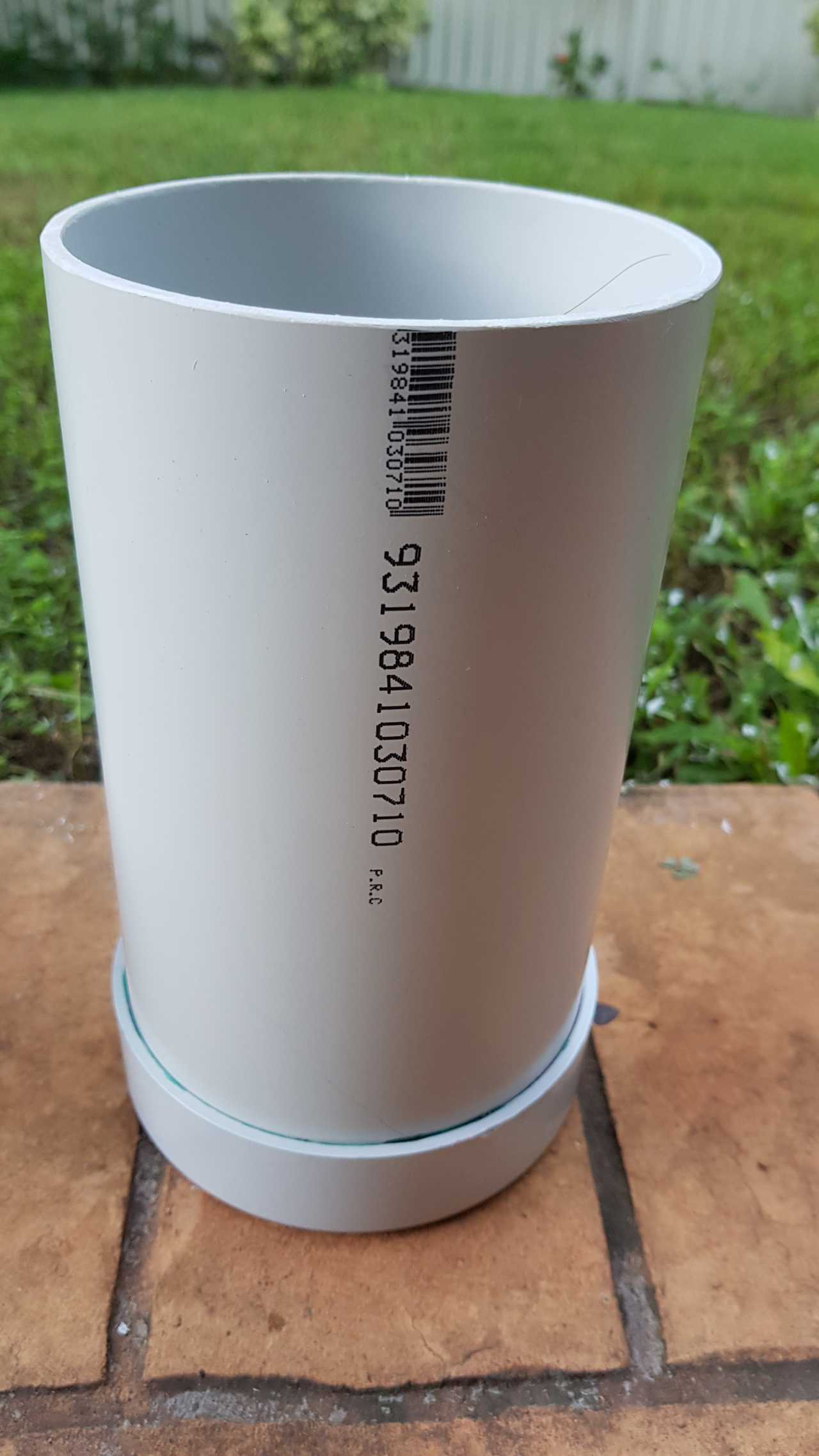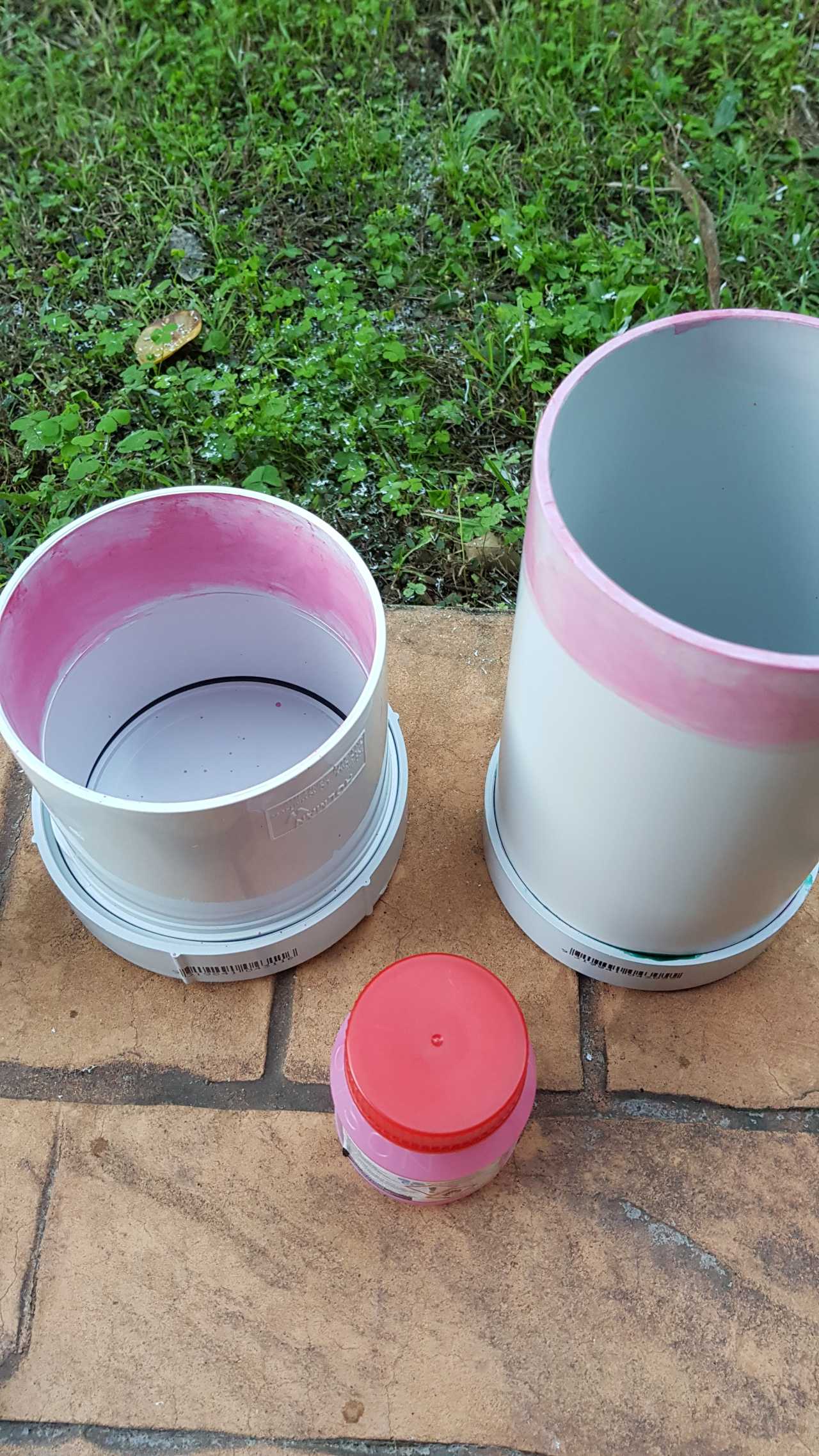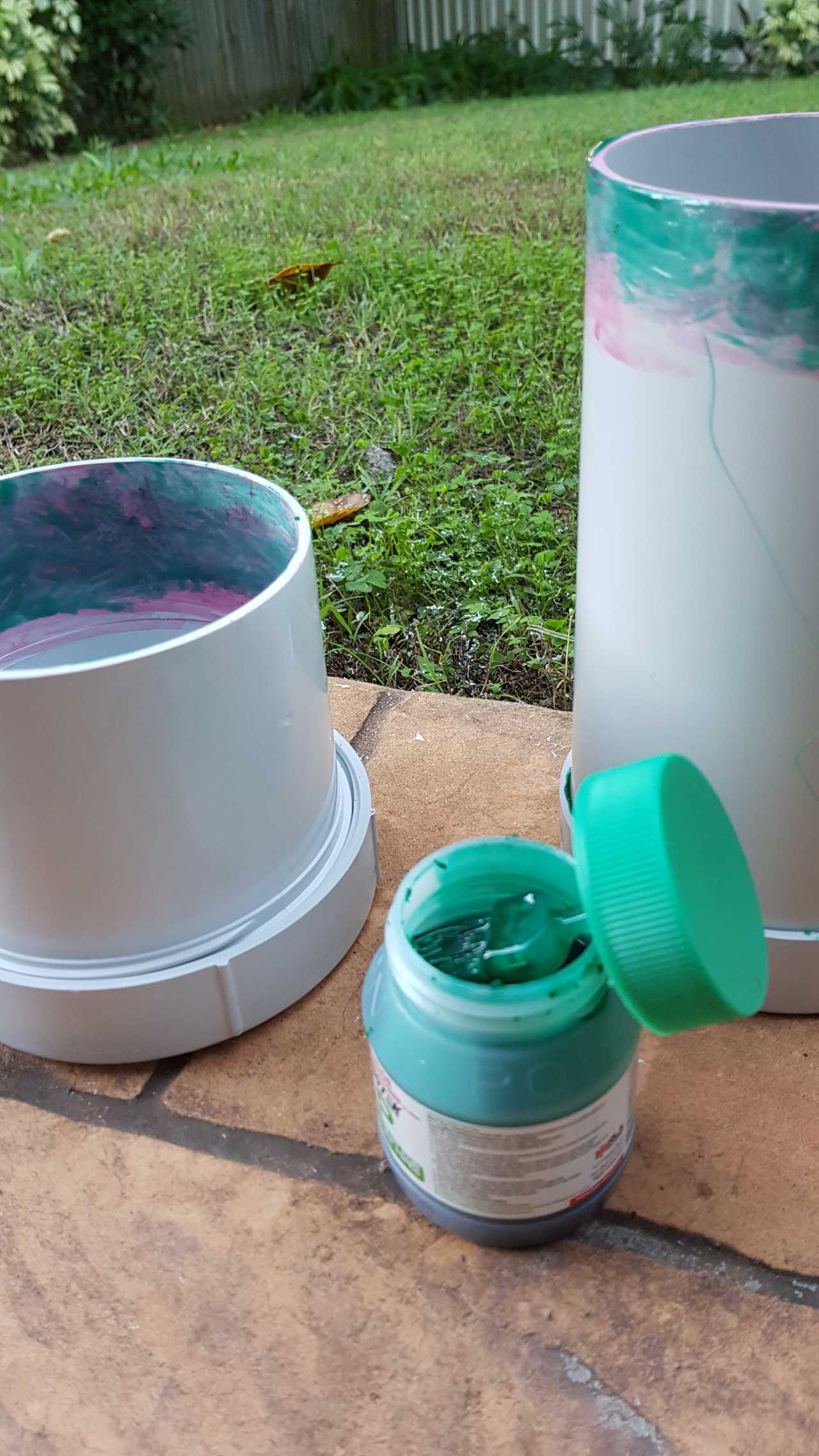Lately I’ve been getting into DIY prepper projects such as making my own char cloth and modifying my gear to better serve me. But this week I’ve been buying and cutting PVC pipe to store valuables inside which I can then bury along roads or notable landmarks to preserve my assets if I need to leave. The locality and reasoning for burying caches won’t be covered today – only the process to create one of these pipe caches.

You can select any sized pipe you wish, I’ve tried with 10cm and 4cm piping and it turned out well in both cases. I would recommend 10cm piping if you are storing a lot, or 4cm if you are storing specific items such as silver and gold coins. The completed cache should be waterproof and store underground indefinitely without degradation.


Materials
• PVC pipe of any size and length you want, but it has to have a stopper end and a screw end with a screw stopper (unless you want to break it to access it)
• PVC Pipe Stopper
• PVC Pipe Screw End
• PVC Pipe Threaded Stopper
• A PVC pipe cutting tool such as hacksaw or specialized PVC cutter
• A file and sandpaper or disc sander (or cement) if you used a hacksaw
• PVC bonding primer
• PVC bonding glue (Either normal or pressure rated)
• Small Paintbrush for applying primer or two if the glue doesn’t include one
• A permanent marker which can write on plastic
• Ruler or Tape Measure
• Heavy object to hit the glued pieces together
Building
1. Firstly cut the pipe to the size you want ensuring it will fit everything you want inside. Generally there will be slightly more room than the volume of the pipe (without the ends on) to play with.

2. If you cut with a hacksaw or other blade ensure the surface is flat and free of burrs. Use sandpaper, disc sander, a file or cement to square it off and clean up the edge. Cement acts as an unlikely disc sander if you rub it backwards and forwards along it and flattens it slowly if you keep it at 90 degrees. You only get minor damage to the cement. Once the ends are square and clean from any debris, burrs and dirt continue to step 3.


3. Apply the primer to the surface of both joining surfaces. Paint the inside and out of the join ensuring you don’t over-paint the section other than what will overlap. You don’t need to be swift with this step.

4. (MAKE SURE ONLY THE END YOU ARE CONNECTING IS ON THE PIPE – Otherwise you will hammer them together and then realize it’s impossible to pull the un-glued section off) Prepare the pieces and have your heavy hammering item nearby. Apply the glue to both surfaces quickly being careful not to apply too much or too little glue, then quickly push them together and then hammer them together with your heavy item so they are snug.

5. Repeat steps 3-4 to the other end but ignore the comment in step 4 about only having one end connected.


6. Let the glue dry for 24 hours and you will have a completed PVC cache!







